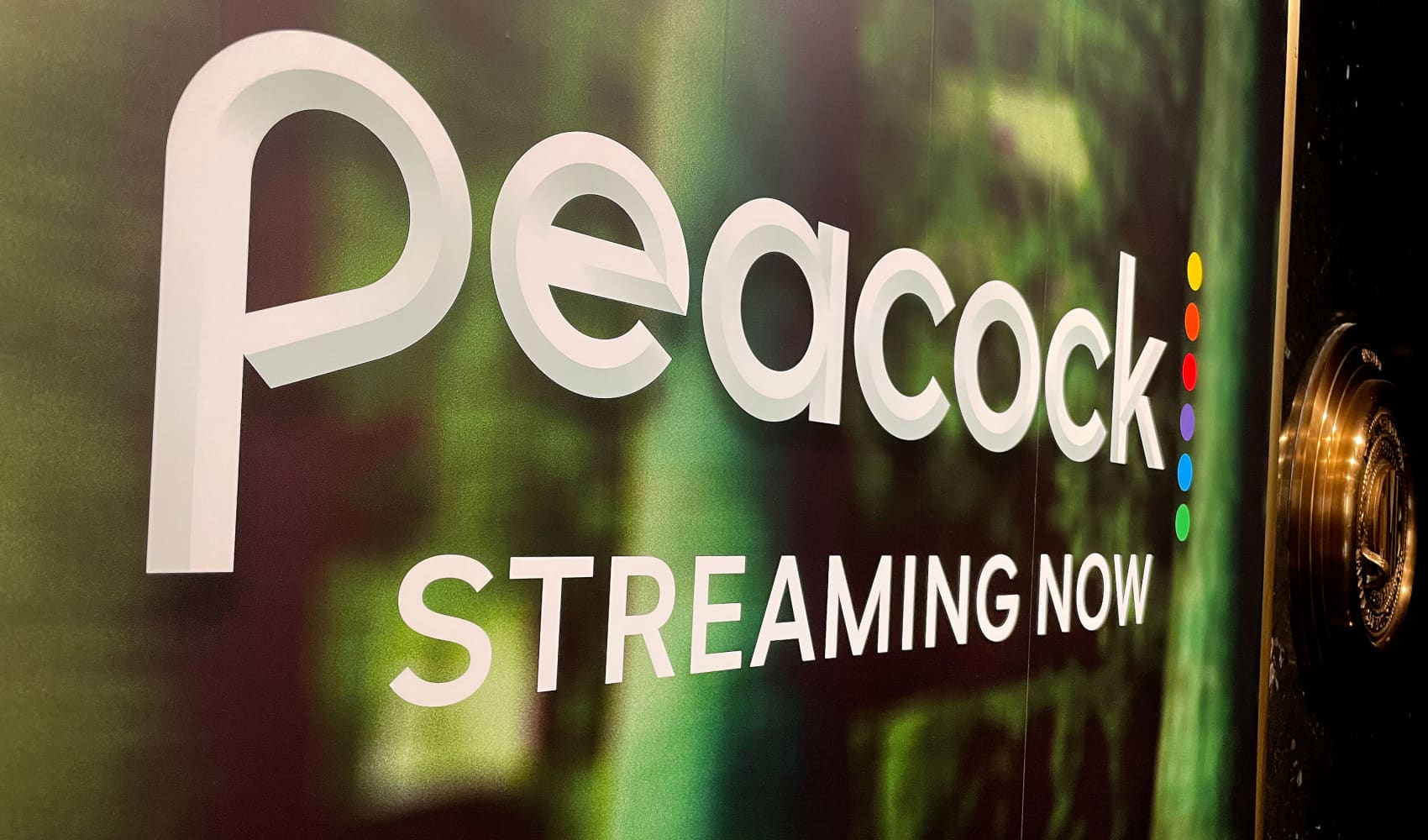
- With the rapid rise of tipping culture post-pandemic, consumers face more opportunities to tip for a wider range of services than ever before, a trend also referred to as "tip creep."
- But recent surveys show shoppers are experiencing "tip fatigue" and starting to tip less — and resent "guilt tipping" even more.
- On average, guests tend to be the stingiest when tipping on Sundays and steadily tip more as the week progresses.
What was once a gesture of appreciation has quickly become a source of annoyance.
With the rapid rise of tipping culture post-pandemic, consumers face more opportunities to tip for a wider range of services than ever before, a trend also referred to as "tip creep."
Get Tri-state area news and weather forecasts to your inbox. Sign up for NBC New York newsletters.
But recent surveys show shoppers are experiencing "tip fatigue" and starting to tip less — and resent "guilt tipping" even more.
More from Personal Finance:
What is shrinkflation? Why you may get less for your money
Credit card users face 'consequences' from falling behind
After Biden praises progress on inflation, economists weigh in
Nearly 3 in 4 Americans think tipping has gotten out of control, according to a recent WalletHub survey, especially when it comes to the predetermined point-of-sale options.
Money Report
That is up from two-thirds of Americans who had a negative view of tipping less than a year ago, a separate report by Bankrate found.
"Customers are being asked to tip at the more traditional service encounters [and] also app-based services, ride-share and delivery apps. This gives the perception that tipping is everywhere, which does seem the case," said Tim Self, an assistant professor of hospitality at Austin Peay State University in Clarksville, Tennessee.
Indeed, the pressure to tip has increased over the past year, NerdWallet's consumer budgeting report also found — a feeling now known as "guilt tipping."
'Guilt tipping' is on the rise
Particularly when it comes to payment prompts with predetermined options that can range between 15% and 35% for each transaction, "the guilt kind of washes over you," Self said.
However, "you are not obligated to tip," Self added. "Ultimately, it comes down to the consumer making that choice and I think more people will get comfortable saying 'no.' That's where I think a tip jar makes more sense."
With inflation, shrinkflation and tipflation, consumers are getting squeezed at every turn, according to Alex Skijus, CEO and founder of True Life Wealth Management in Tampa, Florida, and many have had enough.
Too often, consumers feel obligated to tip, he said. "It's based on basic guilt."
Skijus advises shoppers, regardless of income, to consider tipping when you want to express gratitude, but not at every point of sale, even when prompted. In the end, he said, that will be what causes business owners to scale back on suggested tip amounts or eliminate tip prompts altogether.
"People have a fear of being ostracized," he added, but "stick to your guns."
Some are already sticking to their guns. According to Toast's most recent restaurant trends report, tipping at full-service restaurants and quick-service establishments were both down in the fourth quarter of 2023 from five years earlier.
When adding a tip on a credit card or digital payment, guests at full-service restaurants left 19.4%, on average, down from 19.5% in 2018, while quick-service restaurant tips fell to 16% from 16.6%.
But it could also depend on the day. On average, guests tend to be the stingiest when tipping on Sundays and steadily tip more as the week progresses. Tipping peaks on Thursdays, then drops again on Fridays and Saturdays, Toast found.






